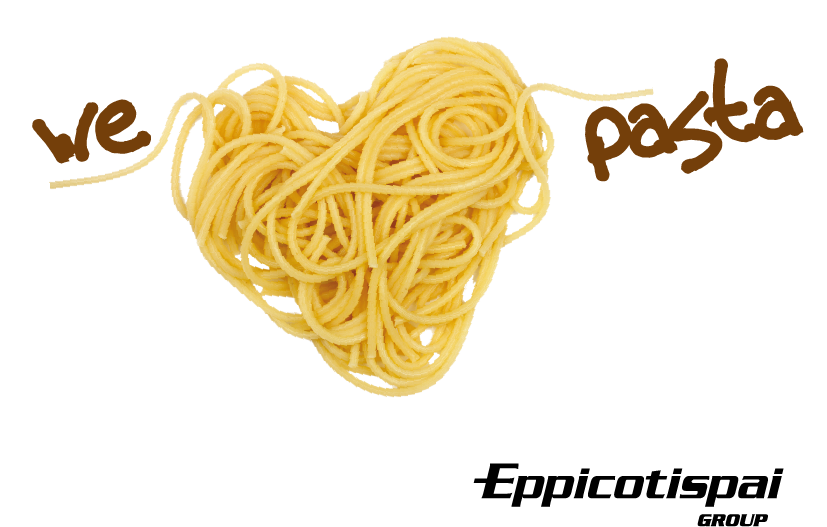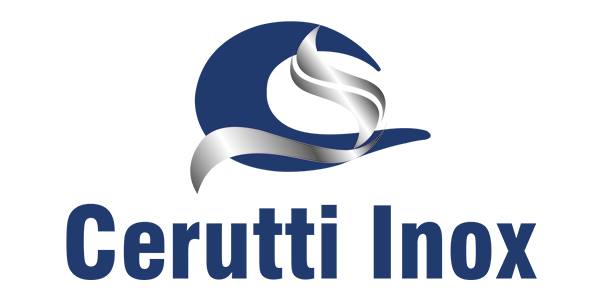Menu
Your cart is empty
Looks like you haven't added anything to your cart yet
How To Make Pasta Dough
Mastering the Art of Fresh Pasta Dough: A Beginner's Guide with Expert Tips
Homemade pasta is a delicious and rewarding culinary experience, offering a unique taste and texture that surpasses store-bought varieties. But achieving that perfect al dente bite hinges on mastering the art of fresh pasta dough. This comprehensive guide, meticulously crafted for both novice and seasoned cooks, will equip you with the knowledge and techniques to create restaurant-quality pasta dough in your own kitchen.
Unveiling the Secrets of Fresh Pasta Dough: Ingredients
At its core, fresh pasta dough is an uncomplicated symphony of just a few key ingredients:
- High-Quality Flour: The foundation of exceptional pasta lies in using the right flour. Opt for "Tipo '00'" flour, a finely-milled Italian flour specifically designed for pasta making. Its high gluten content lends itself to a springy, elastic dough that holds its shape beautifully during cooking. If Tipo '00' flour is unavailable, all-purpose flour can be substituted, but the resulting pasta might have a slightly different texture.
- Fresh Eggs: Freshness is paramount when it comes to eggs. They contribute richness, flavor, and vibrant color to the dough. Use large, whole eggs at room temperature for optimal results.
- Extra Virgin Olive Oil (Optional): A drizzle of extra virgin olive oil adds a touch of silkiness and enhances the dough's flavour profile.
Bringing the Dough to Life: Two Foolproof Methods
There are two primary methods for preparing fresh pasta dough: by hand and using a stand mixer. Both techniques yield fantastic results, so the choice boils down to personal preference and available equipment.
Ingredients
Preparing the dough by hand:
500 g Type '00' flour
5 eggs
a small amount of water
(recipe serves 5 people)
Alternatives:
Instead of using 500 g of type '00' flour: 250 g of superfine flour and 250 g of durum wheat flour
Instead of 5 eggs: 250ml of water
Preparing the dough
By hand
1. Create a well with the flour in a bowl; pour the eggs and water into the middle of it
2. Mix the flour, the eggs and the water with a fork and knead the dough
3. Keep kneading the dough by hand until it is smooth and sticks together. If the dough is too dry, add some water, if it is too sticky add some flour
4. Take the dough out of the bowl and place it on lightly floured table. Continue, if necessary, to knead the dough by hand; then, cut it into four pieces.
Preparing the sheet
1. Set the pasta machine thickness-adjustment to 0 and pass one of the four pieces of dough through the smooth rollers. If you are using the Pasta Fresca mixer, fit the Sfoglia 150 accessory with smooth rollers to the mixer2. Lightly dust both sides of the sheet of pasta with flour and fold it in half. Feed the sheet of pasta back through the smooth rollers again: repeat these operations several times until the sheet of pasta has a long and regular shape
3. Cut the resulting sheet into two pieces, and sprinkle them lightly with flour on both sides
4. Set the thickness-adjustment to 1 and pass the sheet through just once; then, set the thickness-adjustment to 2 and pass the sheet through once more; then, set the thickness-adjustment to 3, and so forth until you achieve the required thickness
5. Fit to the Atlas pasta machine or to the Mixer (if you are using the Pasta Fresca mixer) with the selected cutting accessory and pass the sheet through the cutting rollers to achieve the required paste shape.
(No cutting accessories can be assembled on the Ampia pasta machine)
6. Lastly, cook the pasta that you have made, or store it once you have left it to dry on our Tacapasta accessory for at least one hour.
Preparing the Sheet (By Hand and Traditional Tools)
1. Lightly dust both sides of the sheet of pasta with flour and fold it in half. Roll out the dough with a rolling pin: repeat this action several times until the sheet of pasta has a long and regular shape
2. Cut the resulting sheet into two pieces, and sprinkle them lightly with flour on both sides
4. Roll out the two pieces so the dough is in sheets about 2-3mm
5. Using your desired cutting tool, e.g. spaghetti cutter rolling pin, or pasta wheel, cut evenly onto the sheet.
6. Lastly, cook the pasta that you have made, or store it once you have left it to dry on a suitable drying rack for at least one hour.
Tips For Fresh Pasta
|
|
Trusted Reviews From Our Customers
- Choosing a selection results in a full page refresh.







